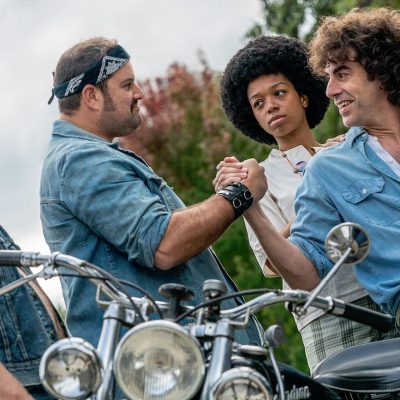Toronto International Film Festival 2020 Movie Round-Up
We open our critic’s notebook from the year the Toronto International Film Festival went virtual.
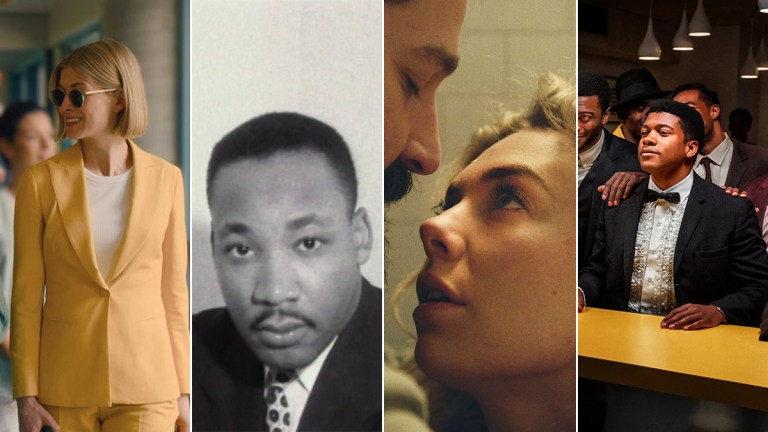
It really is a festival like no other. That’s something critics and journalists probably write every year about the Toronto International Film Festival. After all, TIFF (along with Venice) is considered the kickoff of awards season. Studios and independent distributors alike bringing their biggest hopes and brightest dreams to Canada, where a positive reception can make or break early Oscar buzz. However, in the case of TIFF 2020, there really has not been a film festival like this.
In the wake of the ongoing coronavirus pandemic, the entire press component, including our attendance to the festival, was virtual; the red carpet was permanently rolled up; and even the stars and filmmakers stayed away, giving rare publicity one press conference on zoom at a time.
In this environment, and with studios keeping their traditional highly marketed end of year wares in indefinite stasis, some worried that the show couldn’t go on. But as glimpsed in our notes on the handful of movies we screened during this year’s festivities, there remained as great a range as ever of cinematic stories and triumphant debuts. Some of these projects shined, and others revealed illuminating facets of talent we only thought we knew. Despite so much other anxiety in the world, Toronto’s show did, in fact, go on. Here’s why we can be glad it did.

Another Round
In the abstract, most people are smart enough to know they shouldn’t stare at the carnage left by a wreck. It’s unseemly and never leaves you feeling good about yourself. But that sensation of indulging what you should know better about permeates director Thomas Vinterberg’s Another Round, both for audiences and its protagonists. As Vinterberg and star Mads Mikkelsen’s reunion after the masterful The Hunt, their follow-up once again documents the fragility and unspoken lunacies of upper middle class life.
Take Mikkelsen’s Martin in Another Round. As a history teacher, he should know better than to think alcohol can fill the void of years of encroaching ennui. But when his old school buddies and fellow teachers buy into pseudo-science that claims keeping a buzz up at 0.09 BAC will wake you out of the doldrums, it’s drinks in the morning and evening. Martin leans on historic figures like Churchill and Grant to excuse his mistakes, but we all know where this is going. Vinterberg’s intelligence is that he gets there in an immersive and morally ambiguous, if not outright indifferent manner. The excellent ensemble cast, and Mikkelsen’s slick jazz ballet dance moves (really), also make this stiff drink go down all the smoother.
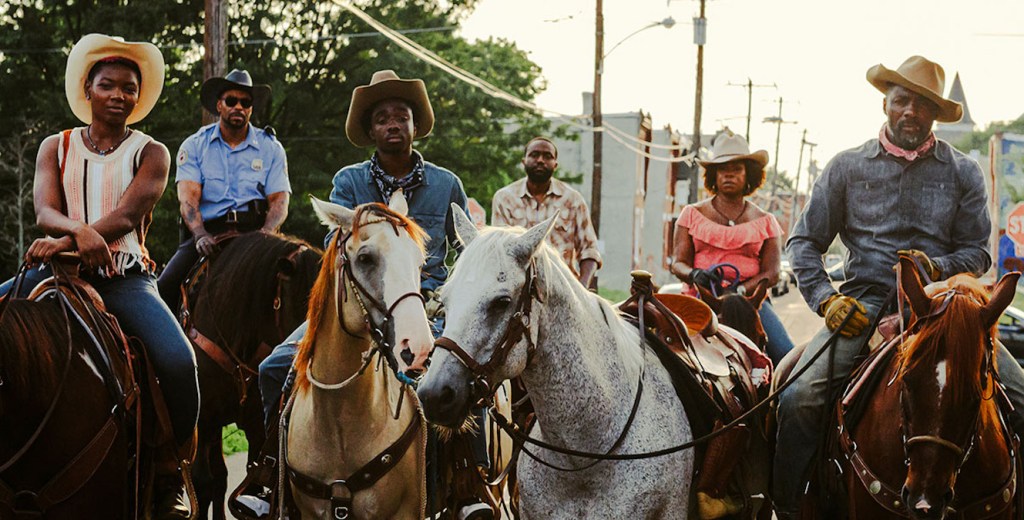
Concrete Cowboy
As the other artful indie that relies on real people from a real subculture to give its film texture (see Nomadland below), Ricky Staub’s Concrete Cowboy is fascinating whenever it’s about the actual culture of Fletcher Street Stables. A last holdout for a Black population of horsemen and women in north Philly, these stables are where honest to God urban cowboys still ride. And they pass like ghosts in a city that left their community behind nearly a century ago—and is now coming for the last few blocks.
That is the documentarian aspect of Concrete Cowboy that is, at times, engrossing. Unfortunately, it suffers from being background to a rather generic and aloof coming-of-age story that is the film’s center. Both Idris Elba, as the laconic father who hasn’t seen his son in years, and Caleb McLaughlin, as the wayward lad who’s been unexpectedly dropped on his doorstep, do fine work. McLaughin is especially good in a part which is outside Stranger Things’ nostalgic suburbia. But every narrative beat in his and Elba’s relationship arrives minutes or hours after you’ve guessed the whole familiar yarn. And it makes you wish the film belonged more to the horses and their real riders.

Get the Hell Out
In this day and age, it’s easy to feel like politicians have turned us all into monsters. People who once went about their day helping their neighbor are now ready to attack them over a bumper sticker, and cheer on the verbal theatrics in legislatures in seemingly every seat of government in the world. Wouldn’t it just be better if these pols had it out already? They finally do with maximum amounts of bloodlust in I-Fan Wang’s Get the Hell Out, a bizzaro horror comedy where the Taiwanese Parliament is infected with a zombie virus.
It’s an amusing premise that could make for terrific sketch comedy or a YouTube video, which is about how long Get the Hell Out works. Opening with a bugnut montage of MPs ripping at each other’s throats and spilling blood on the floor, the movie promises midnight madness, but you may be asleep much earlier with the often cliché-riddled script. The film attempts to make up for its narrative thinness by using stylish graphic introductions for characters, and freeze frames that wouldn’t be out of place in anime or video games, but all the hyper-kinetic energy here ends up being hyperbolic.
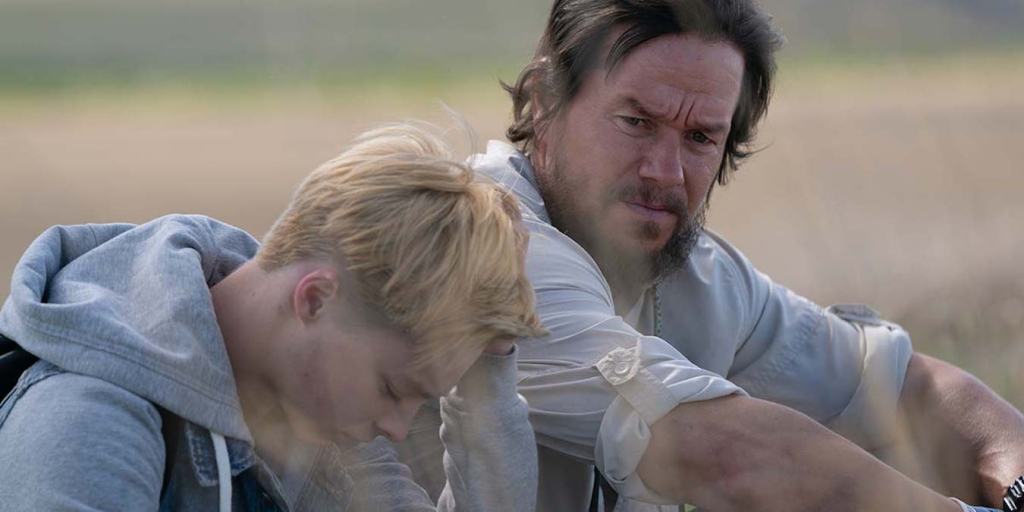
Good Joe Bell
If you lived only in social media threads where like-minded people discuss the need for inclusivity, you might convince yourself the world really has changed. But take a few steps outside of that safe space, and reality will inevitably rear its messier, and often tragic, head. And it’s a messy reality, indeed, that Jadin Bell (Reid Miller) and his father Joe (Mark Wahlberg) are forced to confront in Good Joe Bell.
A well-intentioned drama about a traditional American father in the Oregon heartland trying to understand and then honor his gay son, the movie casts Wahlberg in perhaps his quietest and most circumspect performance to date. But that is of course Joe’s parat of the tragedy: He mistakes silent resignation to his son coming out of the closet as loving support; and then after his son’s suicide following years of bullying, Joe attempts to make sense of his child’s life and death by again stepping out, now by walking from Oregon to New York in his son’s memory. It’s a noble gesture, as is the film, even as they both leave you wanting.
Written by Larry McMurty and Diana Ossana (Brokeback Mountain) and directed by Reinaldo Marcus Green (Monsters and Men), Good Joe Bell is a sweet but emotionally distancing experience. Told in a nonlinear fashion in which vignettes of Joe and Jadin’s relationship are interspersed with Joe walking in his son’s name, the mounting awareness by Joe in the present, or despair of Jadin in the past, is consistently fractured and strangely muted. There are moments of grace, especially when the very strong Miller as a distraught youth can (or can’t) connect with his father. But as even Joe admits late in the picture, “I just made this all about Joe Bell.” That’s a problem when the movie’s stronger with his son.
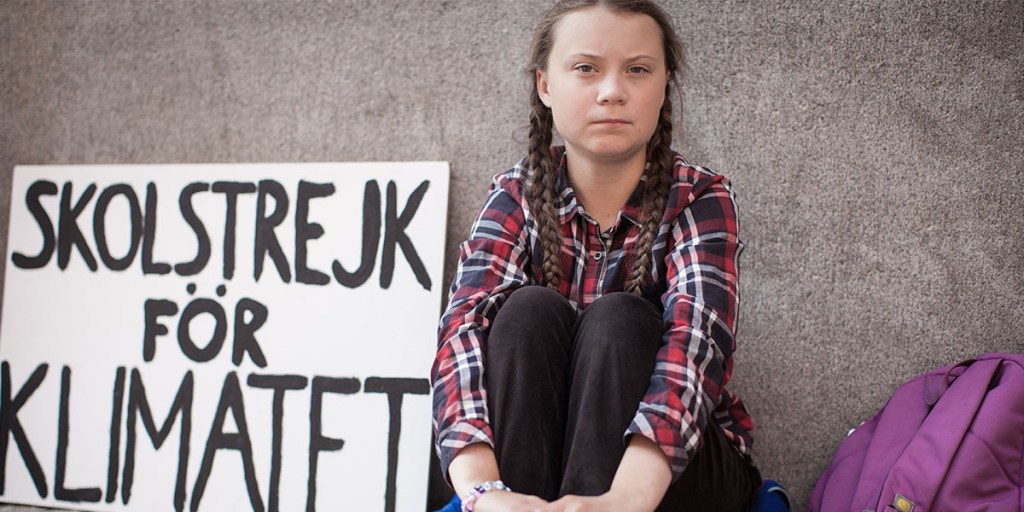
I Am Greta
“I shouldn’t be here.” It’s a refrain teenager Greta Thunberg repeats time and again, whether she’s speaking before the UK House of Commons or the General Assembly at the United Nations. And yet, here she is: one of the most effective advocates for addressing the climate change crisis in the last 30 years. It’s a painful paradox that the all-too-young public figure struggles with in I Am Greta. She’s aware that nothing changes year after year, applauded speech after applauded speech.
The power of Nathan Grossman’s new documentary is not that it only chronicles Greta’s high points of speaking truth to power (though it does), but it also undercuts some of the nastiest criticisms lobbied at her by certain world leaders and their supporters. By following Thunberg’s journey from speaking with random disinterested Swedish adults on the side of a Stockholm street to standing before the world, we see how her message has remained as laser-focused as her love for her family, their dogs, and being a kid surrounded by stuffed animals and often sudden bursts of hyper energy.
She really shouldn’t have to be in these places and focused so severely with having the weight of the world on her shoulders. Really. As the film documents the growing stress this child is under while crossing the Atlantic in a boat that’s little better than a skiff, one is forced to question the healthiness of such pressure. But her ability to actually grab attention is as evident as the endless loop of world leaders, legislators, and one bodybuilder turned Governor of California line-up to extol their admiration… and then change nothing. That’s the real honest takeaway, though the doc errs on a cheery message in the last few minutes about how children will save us all. I suspect the real Greta might have her own doubts about those attempts at uplift.

I Care a Lot
Not since Gone Girl has Rosamund Pike been so perilously irresistible. All toothy grins and smiling eyes, Pike’s Marla Grayson enters every room in I Care a Lot as a ball of sunshine. But also like the sun, if you get too close to this woman, she’ll burn you alive—all while dipping into your savings account and selling the family home. That’s literally her job as a legal guardian: She takes care of people the state deems incapable of caring for themselves… and she’s made a hell of a mint doing it.
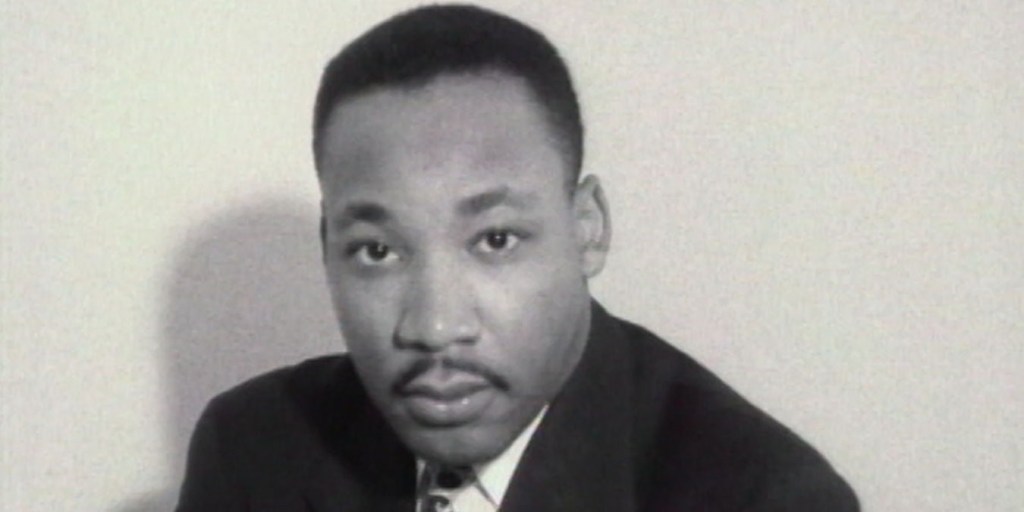
MLK/FBI
The FBI spied on Dr. Martin Luther King Jr. It’s a simple fact, but the uncomfortable implications of the federal government attempting to undermine and eventually intimidate a Civil Rights leader are unpacked in full, disquieting detail via this Sam Pollard documentary. In this way, it’s a sobering record of the salacious details about King’s private life that the feds unearthed and a chance to remember perceptions of King during his lifetime.
As the film strikingly reminds viewers, during a public dispute between FBI Director J. Edgar Hoover and the Nobel Prize winning King, polls showed 50 percent of Americans believed Hoover when he called King “the most notorious liar in the country.” Only 15 percent of Americans believed King’s protestations. It’s a glimpse into how a figure now considered saintly in U.S. history could be smeared as a radical in his time when juxtaposed with the self-anointed gatekeeper of American values. It also helps understand why Hoover thought he had the right to anonymously tell King he should kill himself.
This sordid shadow conflict between one of the most influential leaders of the Civil Rights Movement and the feds is examined with the precision of an anthropologist’s chisel. But what’s most surprising about MLK/FBI is what it doesn’t show. Until the end of the film, the sources and interview subjects remain unseen and uncredited, while only the most sordid words from the FBI’s declassified documents tease the extent of King’s apparently numerous infidelities. Yet the film doesn’t ask to judge King so much as consider a broader portrait, bigger than the tabloid muck the FBI peddled, but maybe more complex and dimensional than what our marble statues also suggest. It makes him loom larger.
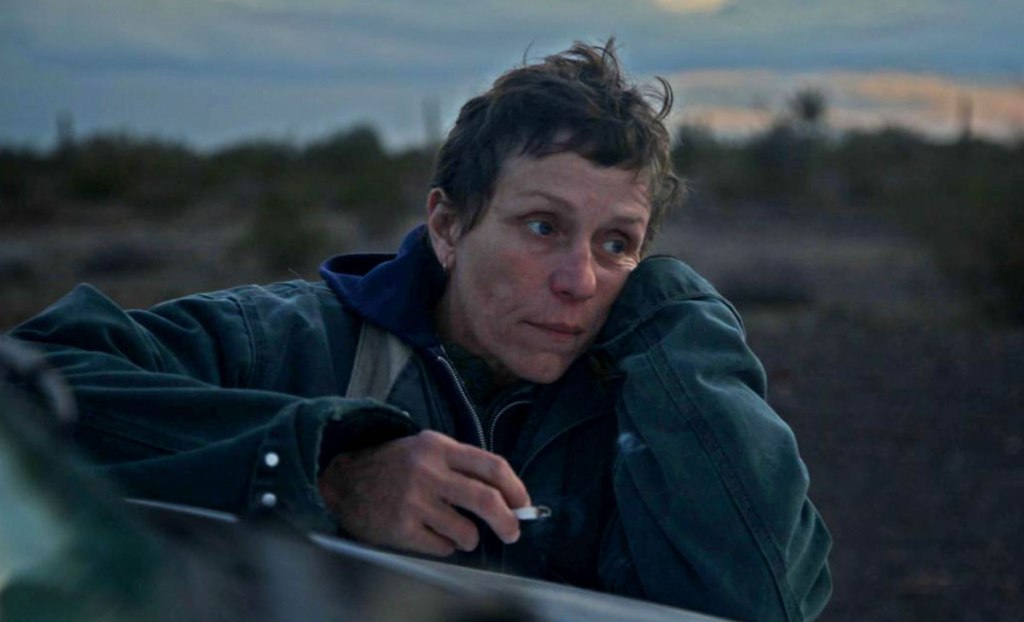
Nomadland
Frances McDormand’s Fern is a gateway into a 21st century heartache, representing thousands of similar stories of Americans who’ve turned to a nomadic lifestyle of transient existence and seasonal gigs. One of the most fantastic actors of her generation, McDormand is searing as the hardscrabble heroine, yet she is matched by a troupe of real-life nomads whom Chloé Zhao has populated her film with. Images of these displaced Americans persevering in the margins where they’d been pushed can at times make Nomadland feel like a modern day Grapes of Wrath, save McDormand’s version of Ma Joad travels only with her ghosts. And yet, the beauty of the movie comes from her visible enjoyment of that specific kind of company.
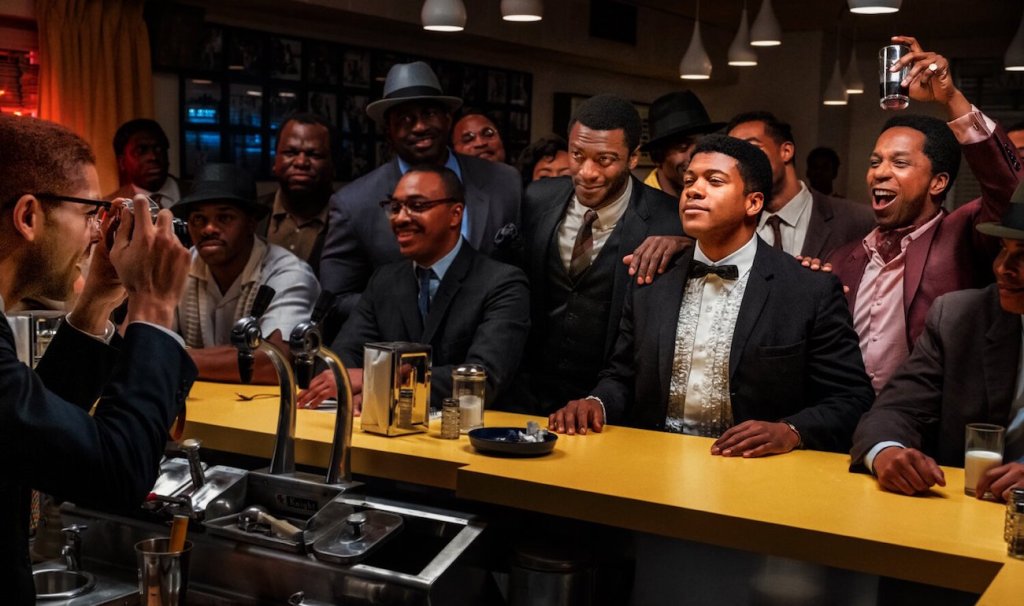
One Night in Miami
These are the benefits that come from Regina King and Kemp Powers—the latter drawing from his stage play of the same name—using extreme artistic license to put Ali (El Goree), Malcolm X (Kingsley Ben-Adir), Sam Cooke (Leslie Odom Jr.), and football star Jim Brown (Aldis Hodge) alone together for most of One Night in Miami’s running time. But while the situation may be fictional, the textures and paradoxes it reveals among these four real-life friends is luminously authentic. It’s also a feat more lasting than traditional biopics, which posit themselves as allegedly true accounts of a person’s entire life. Instead One Night in Miami prefers examining the legion of pressures facing Black artists and leaders who hold the double-edged sword of America’s undivided attention.
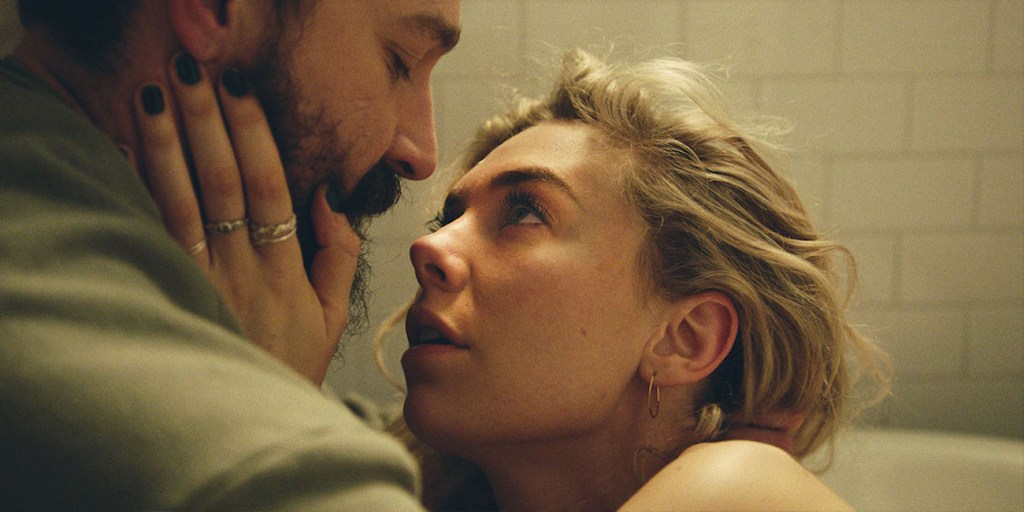
Pieces of a Woman
If movies could win awards for their first 30 minutes, Pieces of a Woman would be a shoo-in. With a single tracking shot that details the anxiety, terror, and (brief) joy of giving birth over nearly half an hour, the movie begins with a stunning piece of emotional whiplash and theatrical bonafides from its leads, particularly Vanessa Kirby as the expecting mother. But as her home birth goes awry, and the worst fear of every parent comes true, all the vital oxygen escapes Pieces of a Woman’s balloon, never to return save for a brief, devastating monologue.
Directed by Kornél Mundruczó, working from a screenplay by Kata Wéber, the movie remains watchable due to the strength of its ensemble performances. As the anchor, Kirby is sure to be a frontrunner in the Oscar race, while Shia LaBeouf does fine supporting work as her partner Sean. My personal favorite performance, however, belongs to Ellen Burstyn, who’s late in the picture speech is the single other time the movie sizzles—even if it’s out of absolute fear of this wrathful, denied grandmother-to-be.
Yet performances alone cannot carry a movie, and beyond that early opening salvo, Pieces of a Woman is a movie left adrift, unsure of where to go, or how to keep the viewer engaged with getting there. It wants to be a chilly intellectual melodrama in the vein of latter day Ingmar Bergman. Instead it’s just chilly.
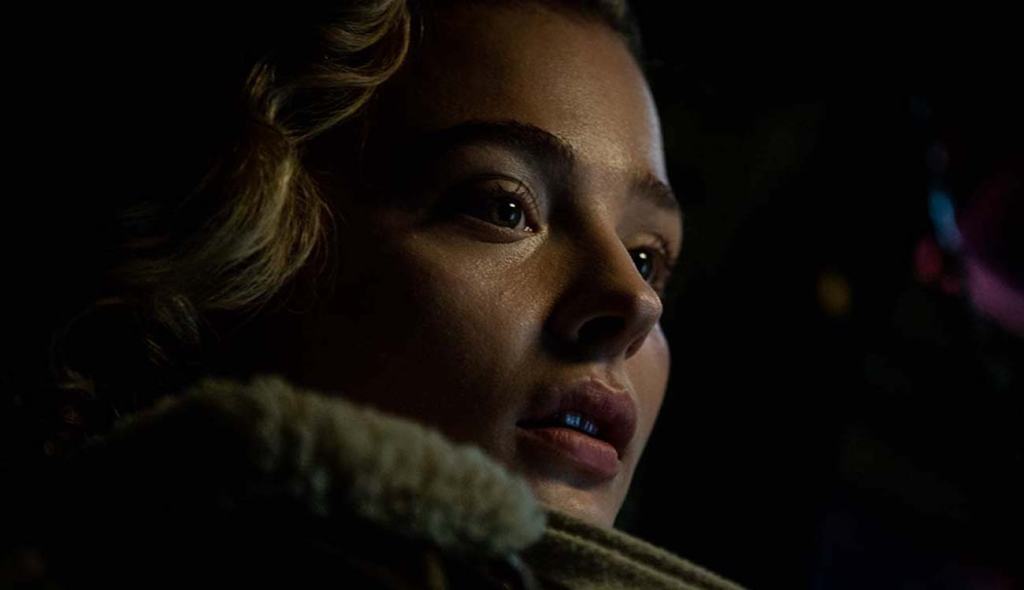
Shadow in the Cloud
Yes, there is a gremlin in Shadow in the Cloud, and like the claustrophobic verticality of the movie’s setting, its presence is always felt like a breath on the back of the neck during a stormy flight. Granted this makes for a more effective first act than second (there is no third). Yet when the film turns into an all-out creature feature with more pulp than an orange grove, there’s still enjoyment to be found for horror fans who always wanted to know what would happen in one of these old school gremlin stories if the monster got through the glass.
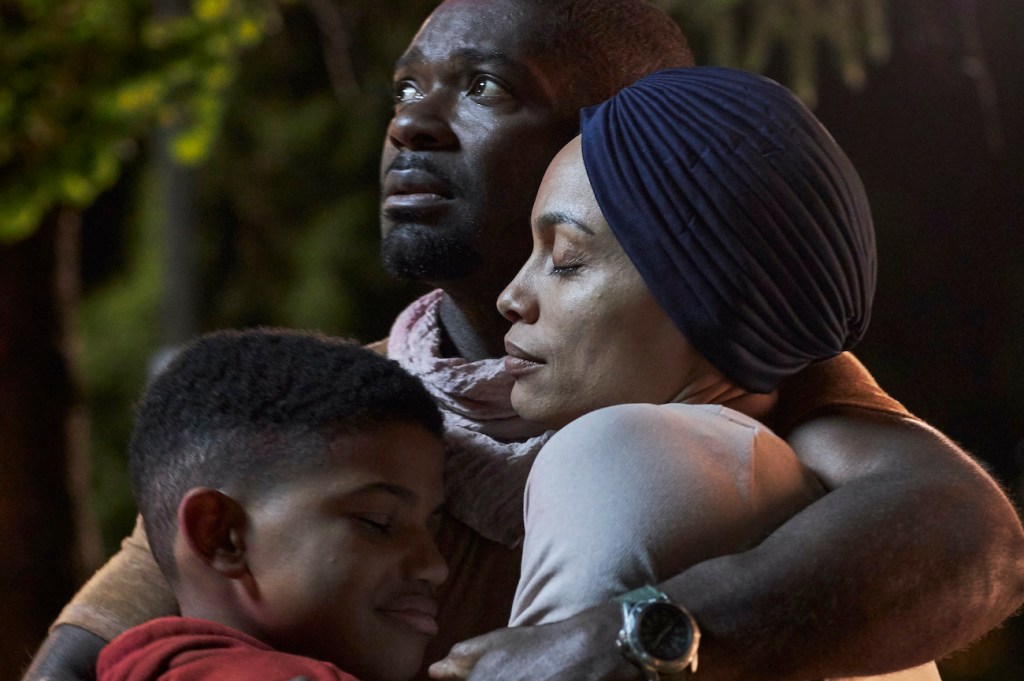
The Water Man
David Oyelowo is another actor who tried his hand at directing this year via The Water Man. Decidedly family friendly in his first behind-the-camera effort, Oyelowo offers a sweet and gentle children’s adventure story that will land right in the sweet spot for distributor Disney’s target audience. It’s a ghost story for all ages, and like the best spectral yarns from your youth, it is about setting the imagination free to look beyond its backyard.
Oyelowo has a supporting part in the film as a second-guessing father, but The Water Man belongs to the impressive Lonnie Chavis as Gunner, his sensitive son. Gunner is a kid more inclined to sketch his graphic novel than engage with his father, but after realizing his mother (Rosario Dawson) is ill, Gunner and cool girl next door, Jo (Amiah Miller), set off into the woods to find a local legend: to find the Water Man, who’s discovered a way to cheat death. More classical Walt Disney than modern day Guillermo del Toro, there’s still just enough shadow in Oyelowo’s direction to give The Water Man shading. And in those dark pools, young ones can carry much out after the closing credits.
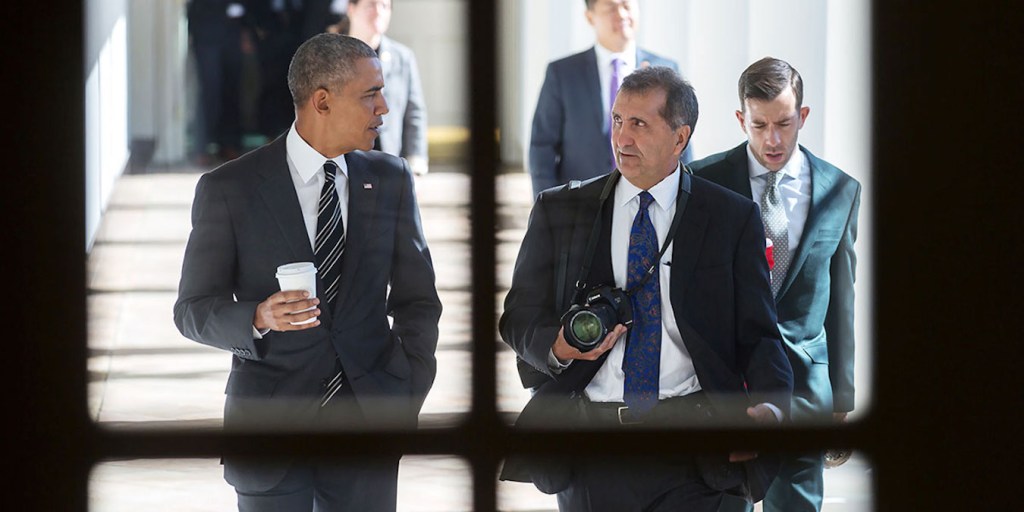
The Way I See It
So much of our collective memory of the men who’ve occupied the Oval Office in the last 50 years is shaped by the invisible hand (and eye) of the Chief Official White House Photographer. Most Americans don’t know the job title, but ever since the Kennedy administration, we’ve known the work. Lyndon Johnson standing next to Jackie Kennedy while being sworn in on Air Force One; Richard Nixon shaking hands with a spaced out Elvis Presley; Bill Clinton blowing hot air into the saxophone in front of Boris Yeltsin; and everything from Barack Obama playing Spider-Man with a young boy to being wound tighter than piano wire while watching the raid on Osama bin Laden’s compound.
More than any other president, Obama’s tenure was defined by a cornucopia of history-making photographs taken by one man: Pete Souza. An old school photojournalist who’d been freelancing around D.C. for decades, Souza made his bones as a White House shutter fly during the much more private second term of Ronald Reagan. But even in his younger days, Souza dreamed of one day getting to go on the full ride of a presidency as its visual historian… little could he suspect he’d do that with the first Black President of the United States.
The Way I See It showcases some of Souza’s most famous images and unpacks the stories behind them, just as Souza unpacks his own life story and career. Directed by Dawn Porter, this documentary offers an astonishing bit of whiplash by transporting us to the Obama Years—an era which feels like four years and a lifetime ago. Warmly nostalgic, the movie ultimately acts like a wonderful exhibition for Souza’s artwork while rarely diving deeper than museum placards with bite-sized information and background. Thus the film is mostly a chance for Obama lovers to get wistful, and for Souza to hone his own political attack ad against Donald Trump by reminding us how much better the world used to be. Which… fair enough.

